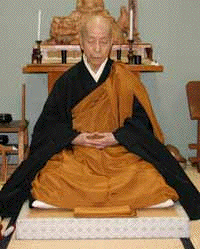I had some questions about Zen attire. I know a rakusu is sewn before taking the precepts. Is a kesa treated the same? Is it something for a person who has taken jukai? Are either article worn by people who haven't done so? What is the protocol concerning kimono and koromo? Do only teahers and priests wear them? If not, are they reseved for after jukai? I guess I'm just asking what is appropriate at any given stage.




 Reply With Quote
Reply With Quote





